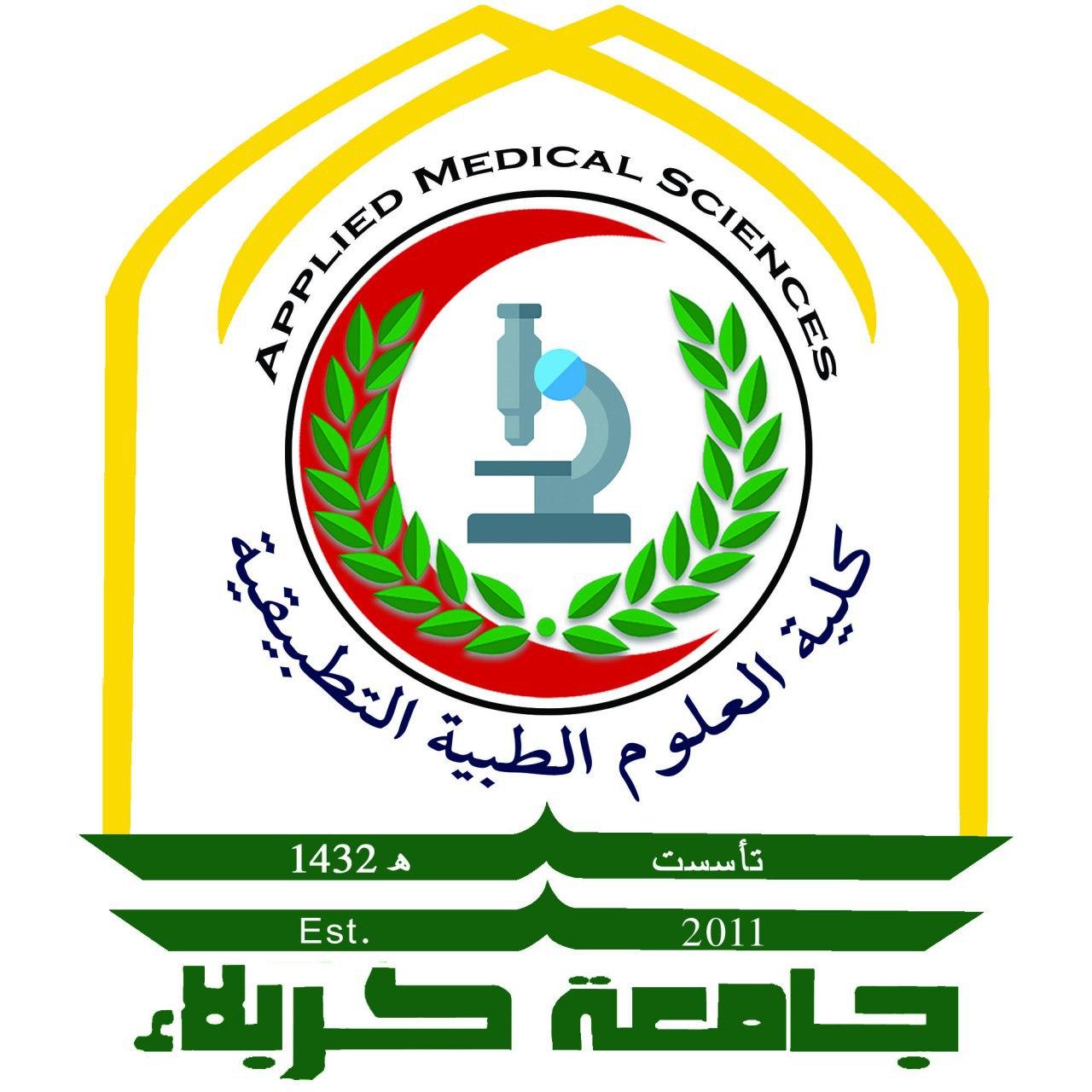Blog
First experience with using simple polymerase chain reaction‐based methods as an alternative to phenotypic drug susceptibility testing for Myobacterium tuberculosis in Iraq
Abstract
Context: In Iraq, the time‐consuming, phenotypic drug susceptibility testing (DST) on agar is the sole method available for
detecting drug resistance in Myobacterium tuberculosis (TB). Furthermore, only single laboratory across Iraq is performing it onرwide scale. Aims: To explore utility of rapid, polymerase chain reaction (PCR)‐based systems in detection of drug resistance in under the Iraqi settings. Settings and Design: Cross‐sectional study. A total of 79 nonduplicated isolates were included in this study. Multiplex allele‐specific PCR was used to detect mutations at positions 531, 526, and 516 of the rpoB gene. Two simplex PCR systems were used to detect mutations in katG315 gene and inhAP‐15. StatisticalAnalysis Used: Chi‐square and crosstabs by SPSS v. 20. Results: On DST, out of 69 isolates, 55 isolates were found multidrug‐resistant (MDR)‐TB; six isolates were susceptible to both rifampin (RIF) and isoniazid (INH); two isolates were resistant to RIF but not to INH; and six isolates were resistant to INH but not RIF. RIF and INH resistance mutations were detected in 50 (90.9%), and 43 (78.2%) MDR cases, respectively. Combine resistance mutations to RIF and INH were detected in 40 MDR cases (72.7%). The most frequently mutated codon was the codon 531 in rpoB gene, mutated in 42 isolates. inhAP‐15 and katG315 codons were found mutated in 23 and 25 MDR cases (54.8% and 58.1%), respectively. Among 57 RIF‐resistant isolates, 52 (91.2%) were harboring mutations resistance to RIF. Conclusions: These PCR‐based methods are potential diagnostic and/or screening tools to detect drug‐resistance TB in Iraqi settings.
Key words: Drug resistance, isoniazid, multidrug-resistant, mutations, polymerase chain reaction, rifampin, tuberculosis
Submission: 21-12-2012 Accepted: 09-07-2012
Post Views: 274




























































